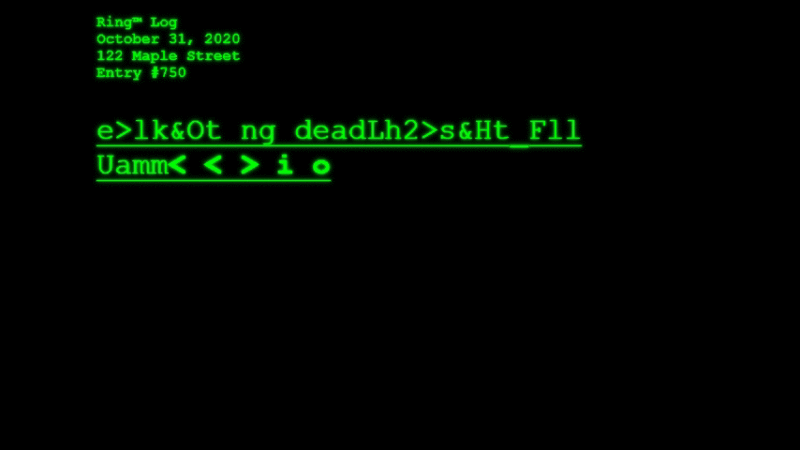Over the weekend I launched Ring™ Log, which is simultaneously a critique of surveillance culture and a parody of machine vision in suburbia. In the interactive artist statement I call Ring™ Log an experiment in speculative surveillance.
“Speculative” in this context means what if?
What if Amazon’s Ring™ doorbell cams began integrating AI-powered object detection in order to identify, catalog, and report what the cameras “see” as they passively await for friends, neighbors, and strangers alike to visit your home? This is the question Ring™ Log asks. And, given the season (I write this on October 29, 2019), what would the cameras see and report on Halloween, when many of the figures that appear on your front stoop defy categorization?
I dive into the technical details and my inspirations in the artist statement, so no need to repeat myself here. I will add that I was very much inspired by an old Twilight Zone episode, even including several Easter Eggs to that effect. I was also inspired by the ridiculous posts I see on NextDoor, where paranoid neighbors routinely share Ring™ videos of “suspicious” visitors to their houses. Finally, I’m in debt to Everest Pipkin, whose work “What if Jupiter had turned into a Star” provided some of the underlying JavaScript effects for Ring™ Log. Everest’s work, like my own, appears with a permissive copyright license that allows for the reuse and modification of the code. Wouldn’t it be awesome if creative coders borrowed from Jupiter and Ring™ Log and made their own adaptations of these works, similar to what happened with Nick Montfort’s Taroko Gorge?
(Yeah, that’s a hint about what my students will be doing in my Electronic Literature course next semester!)


